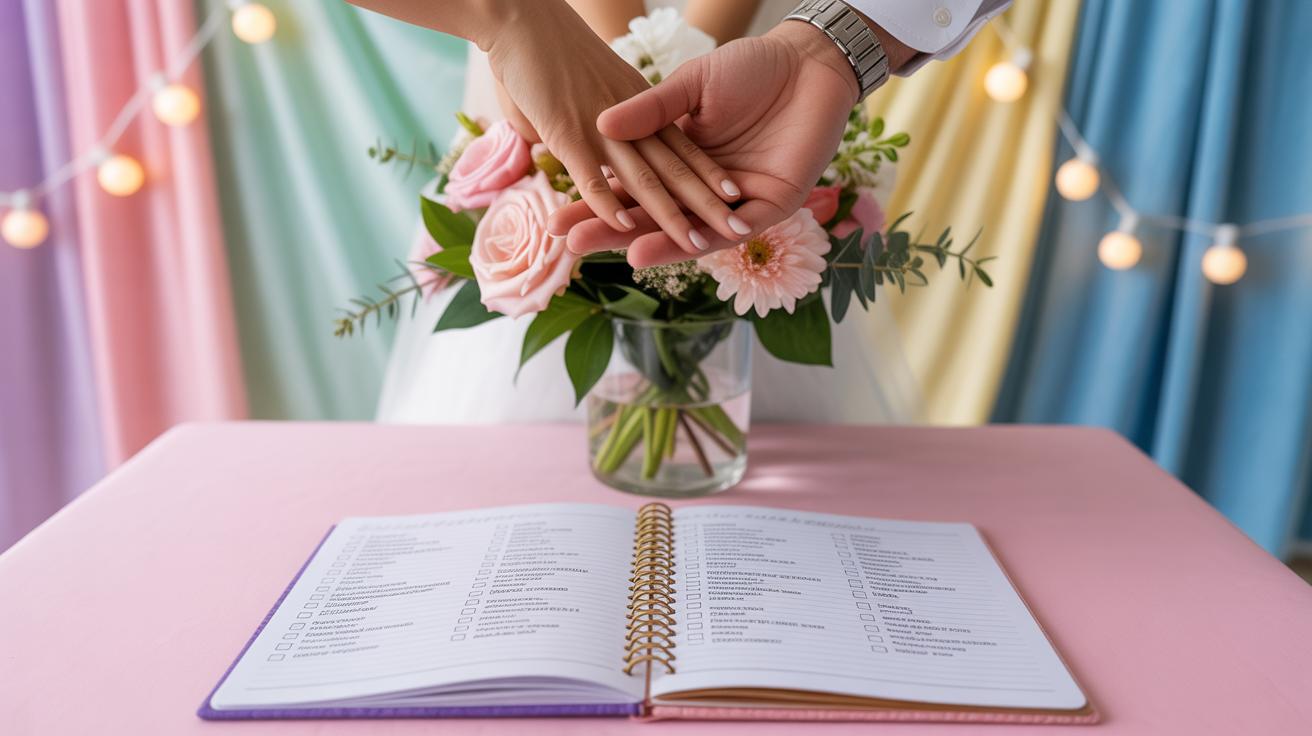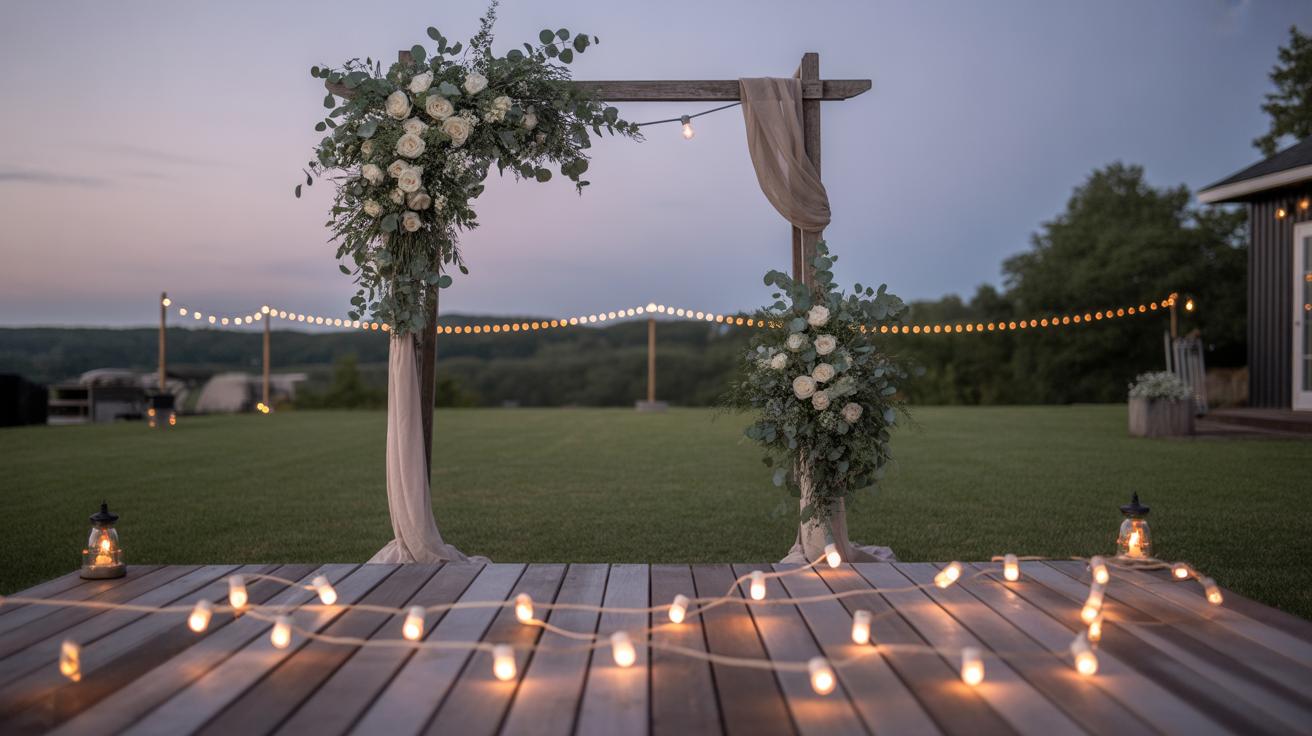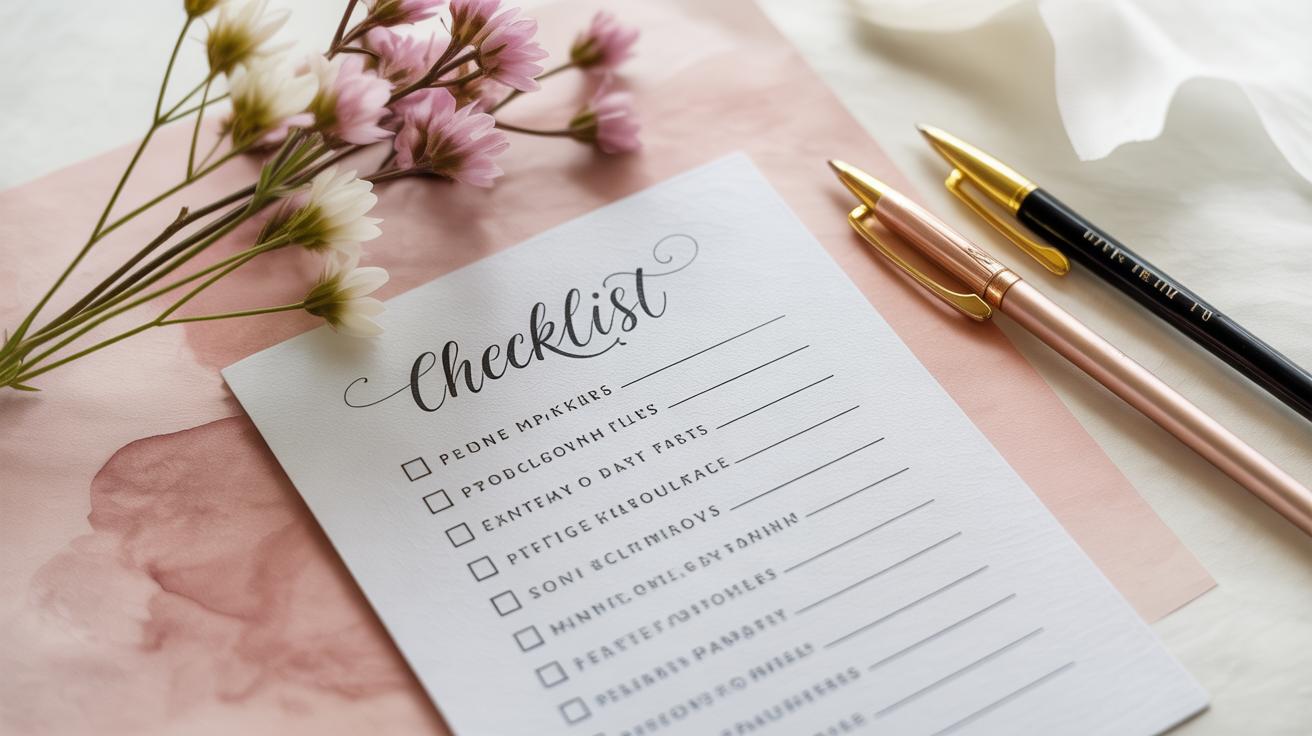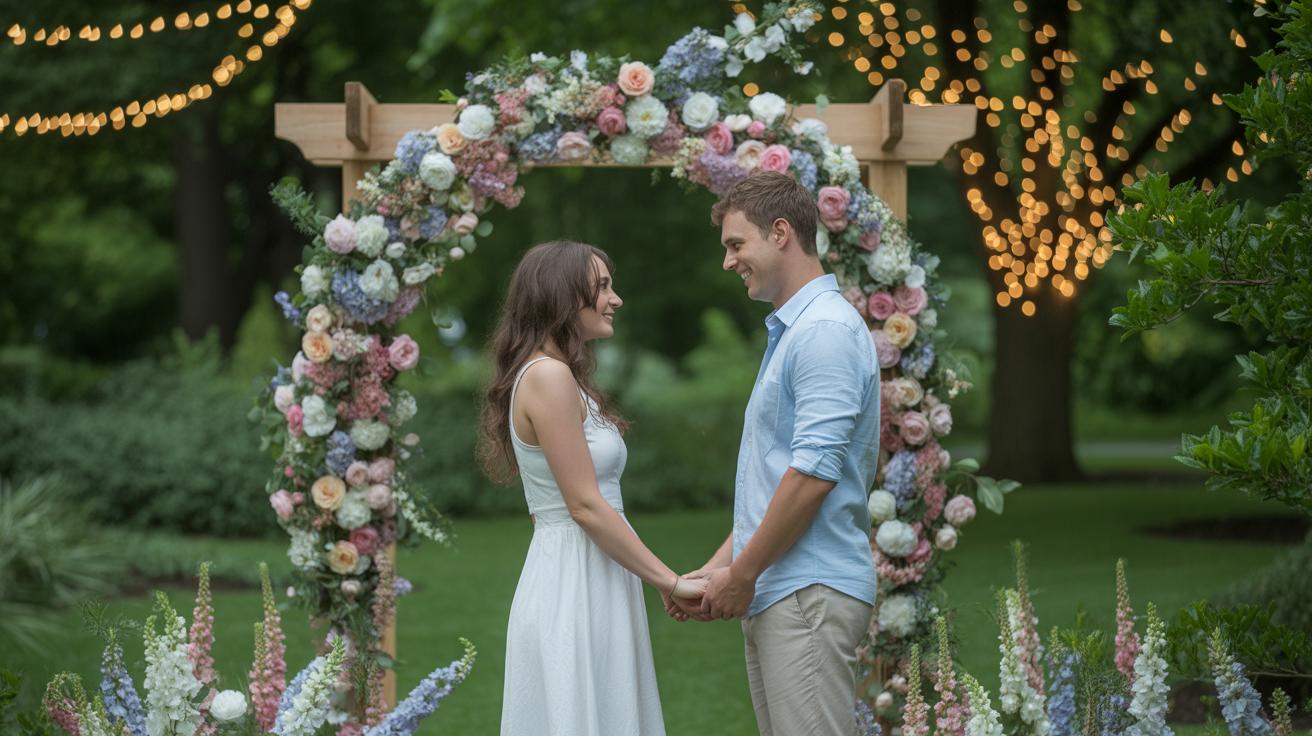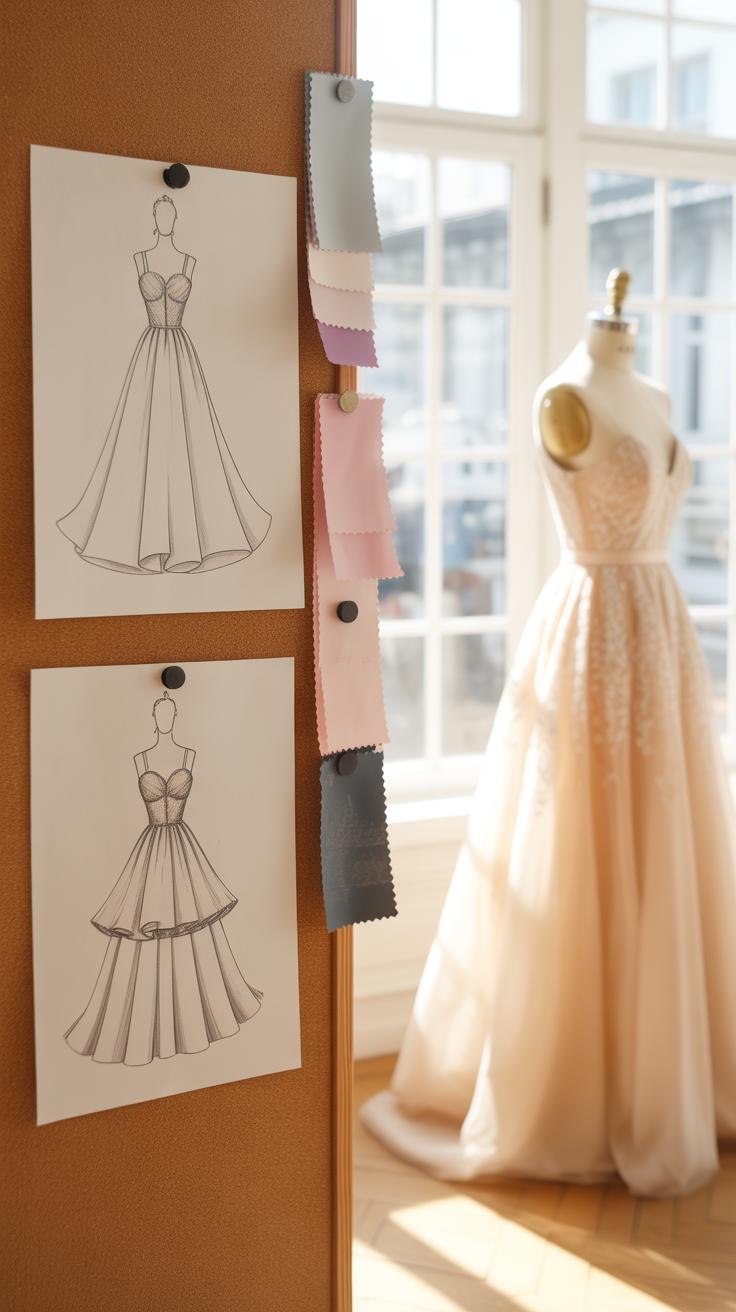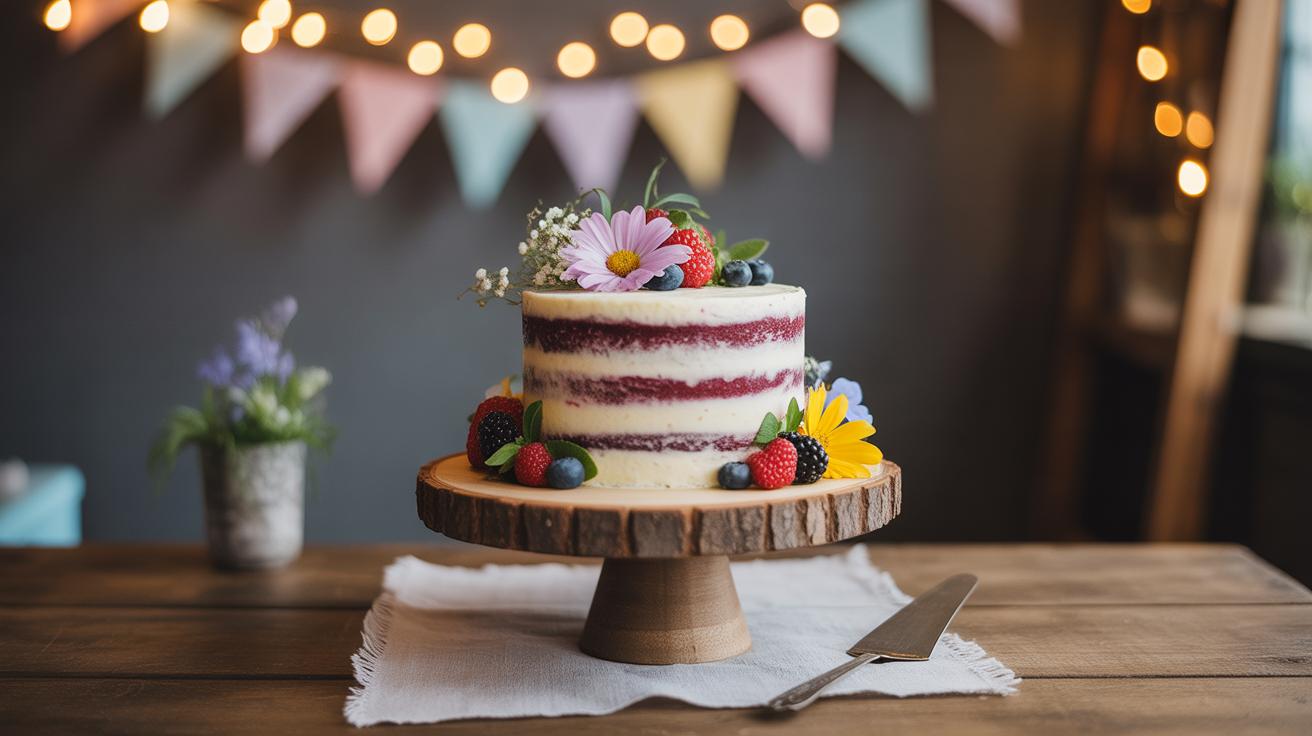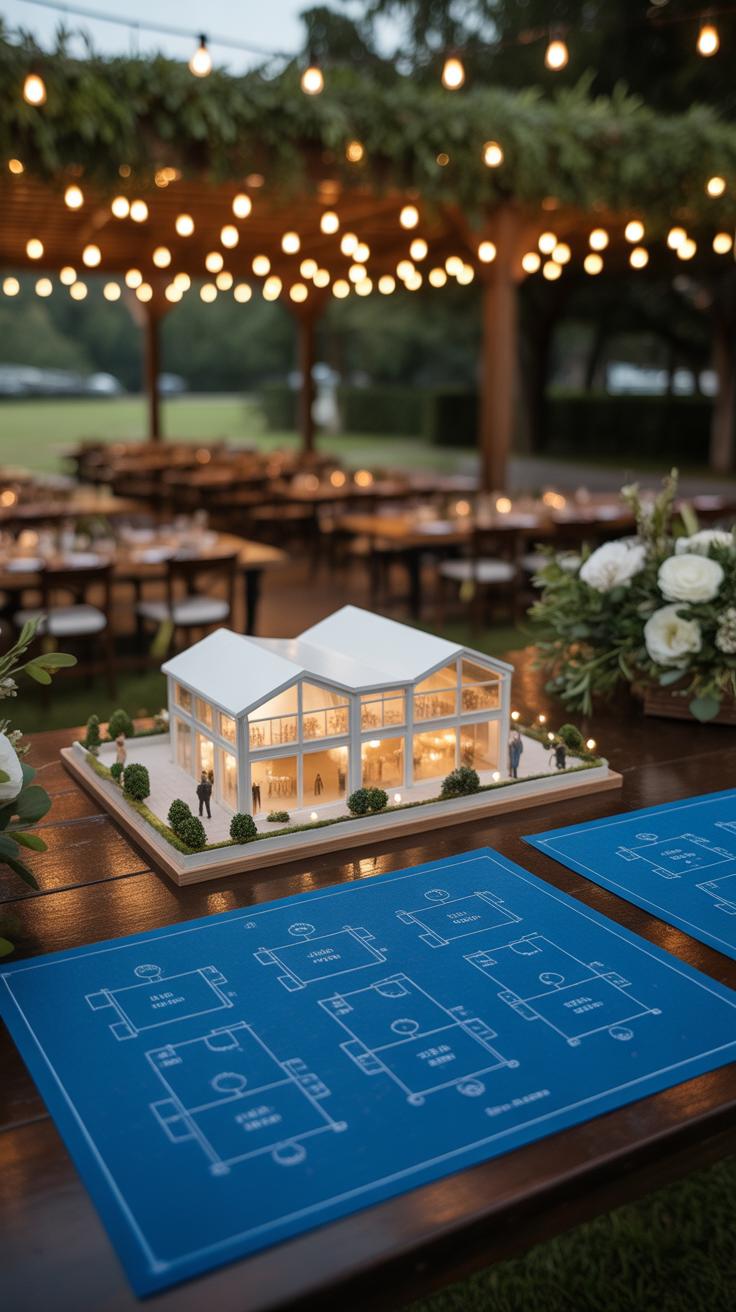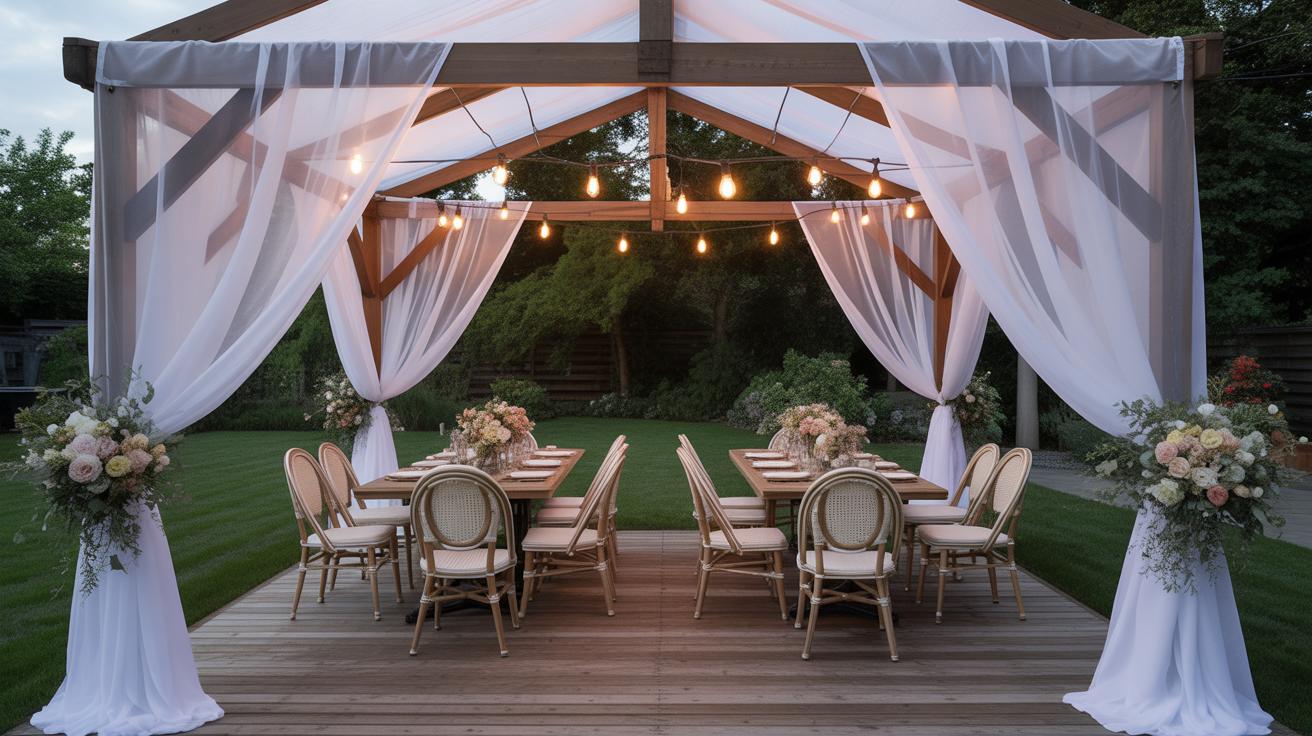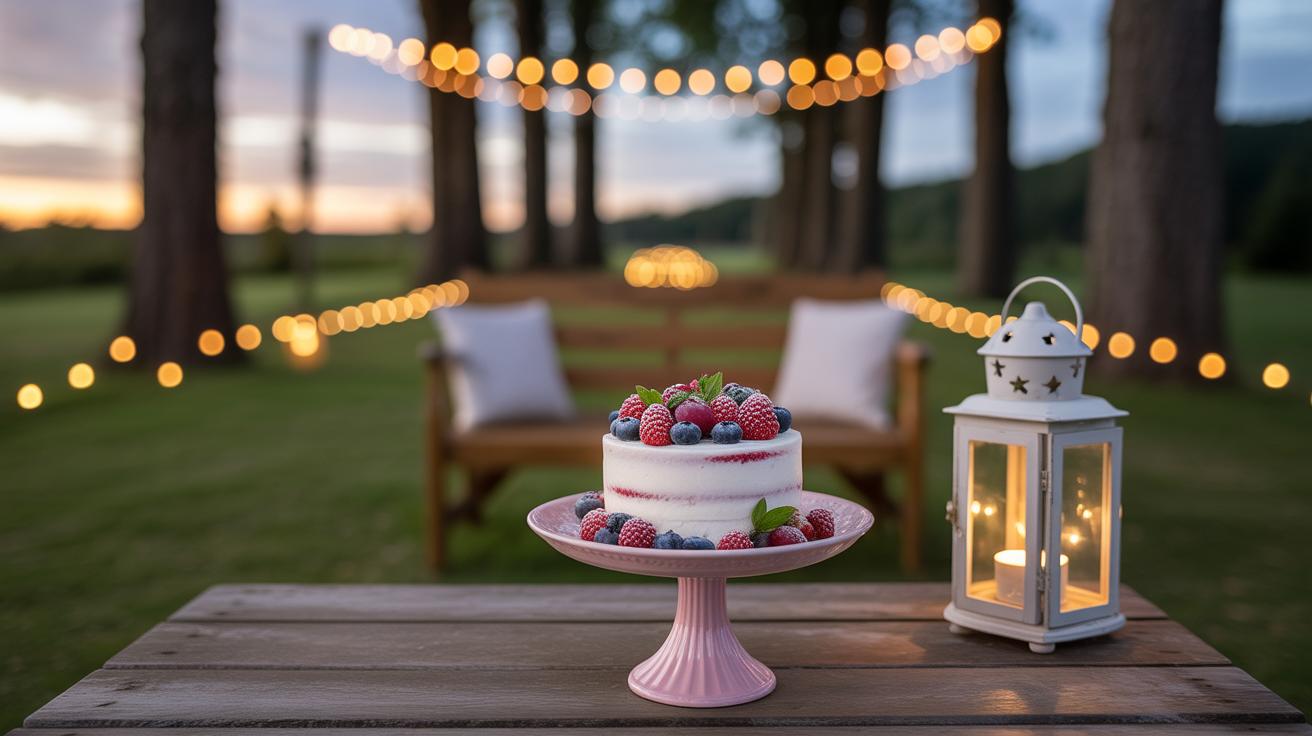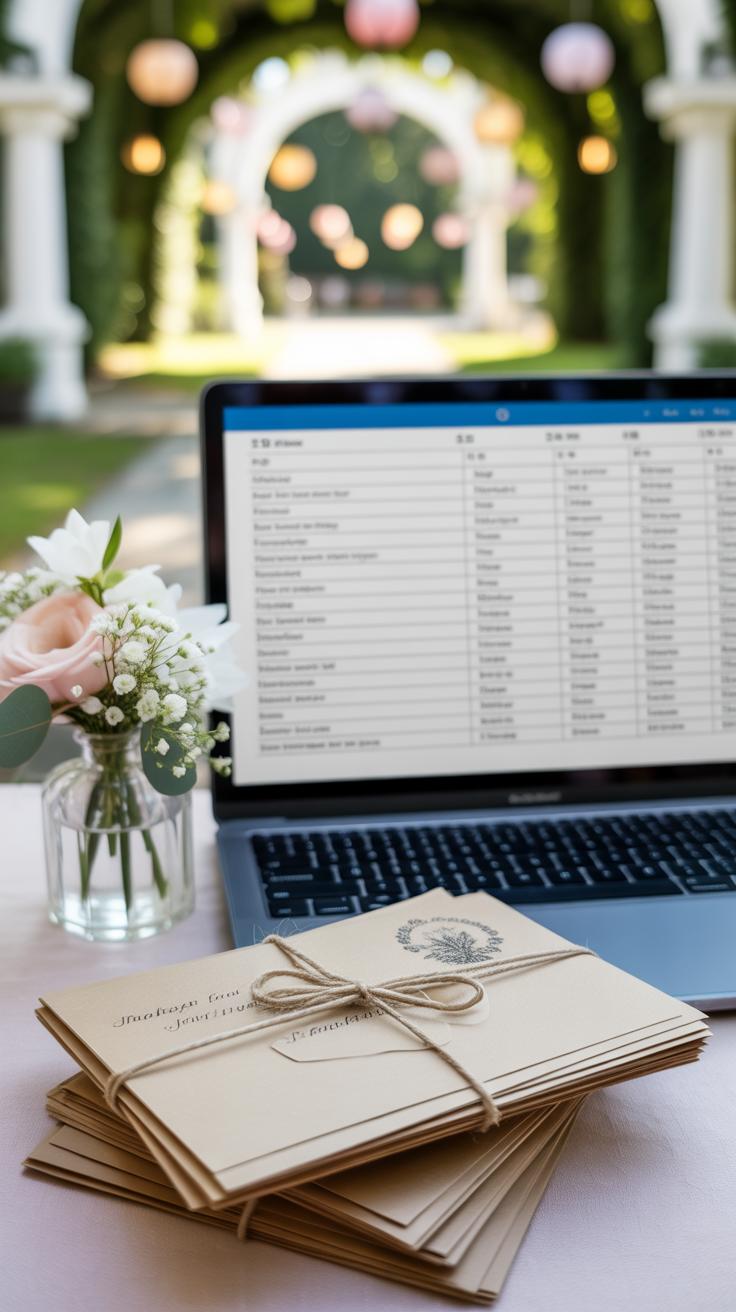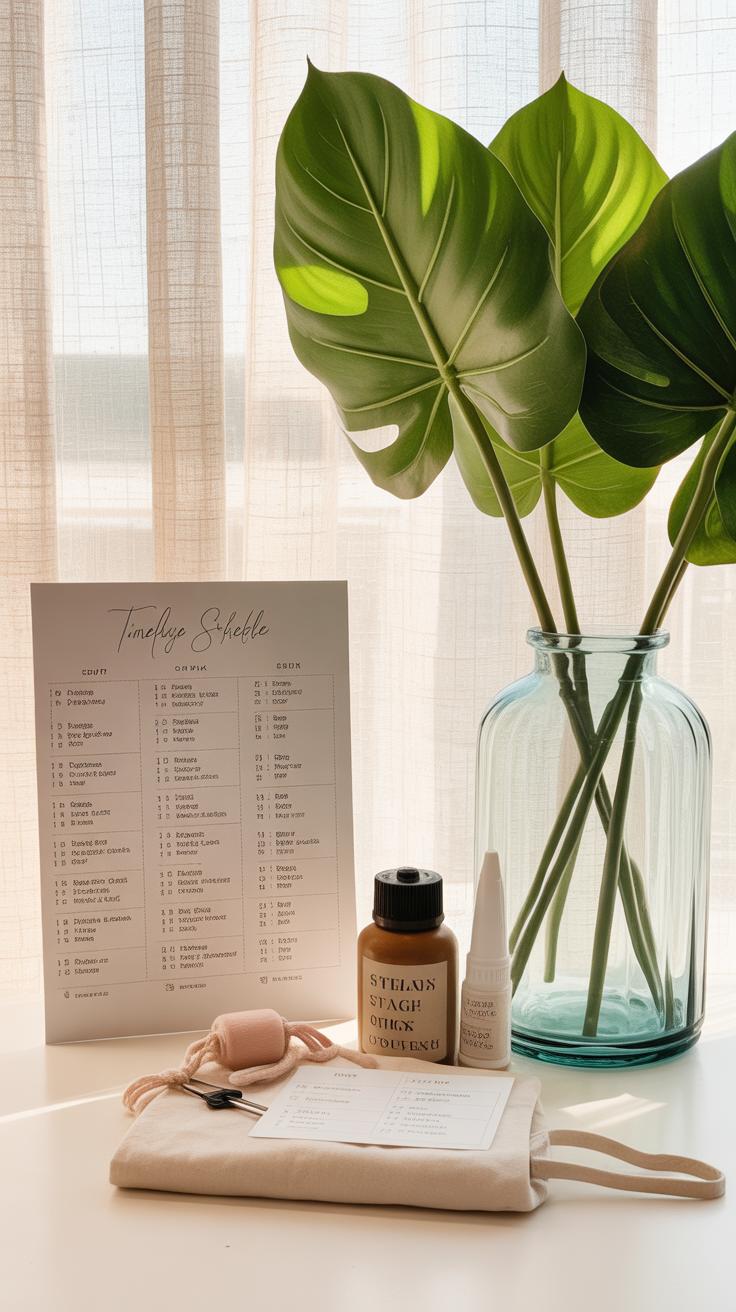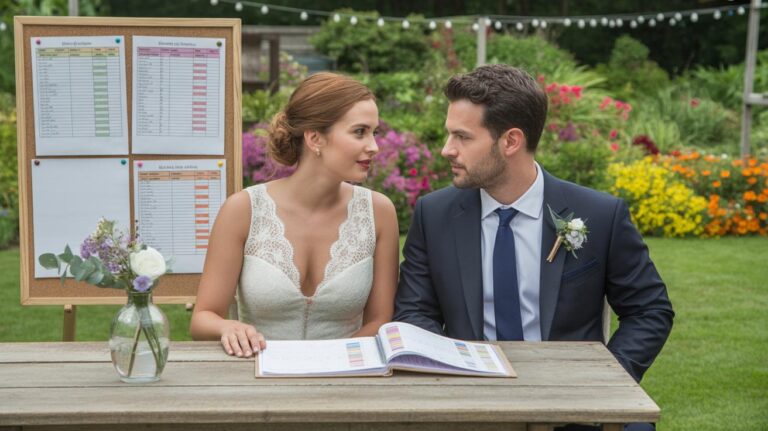Introduction
Planning your wedding can feel overwhelming, but with the right tips, you can make the process easier and more enjoyable. Wedding Tips Every Couple Should Know Before Saying I Do will guide you through important steps to take before your big day. This article helps you avoid stress and ensures everything is on track.
From organizing your budget to choosing the right venue and deciding on the guest list, these tips cover practical advice for couples preparing to say “I do.” You’ll learn how to plan confidently and create a memorable celebration for you and your loved ones.
Setting a Realistic Wedding Budget
Figuring out a budget that fits your financial situation and what matters most to you can feel tricky. It’s easy to get caught up in what you think a wedding “should” cost versus what you can actually afford. The key is to be honest with yourselves. Sit down and have a real conversation about your combined income, savings, and any contributions from family. Then, start prioritizing—what are non-negotiables, and what can be scaled back?
Some expenses you’re almost guaranteed to face include:
- Venue rental fees
- Food and catering
- Wedding attire for both of you
- Photography and videography
- Decorations and floral arrangements
- Entertainment, like a band or DJ
- Transportation and accommodations, if needed
Some couples spend more on food than on the venue, while others splurge on attire and keep the guest list small. There’s no one right way. Tracking your spending is crucial. I’d suggest using a simple spreadsheet or an app tailored for weddings—something that updates as you book vendors or buy items.
Making trade-offs is sometimes necessary. Maybe you decide on a less expensive venue to afford a nicer menu, or you cut back on floral decorations in exchange for a longer photographer session. Remember, a budget isn’t just a limit; it often forces you to focus on what truly matters to you both. And if you find yourself tempted to overspend, pause and ask: “Is this worth it compared to other parts of the day?”
Choosing the Perfect Venue
Picking the right venue can make or break your wedding day. Think about how many guests you want to invite—an intimate gathering and a large party need very different spaces. Your style matters too; a rustic barn offers a very different vibe from a sleek hotel ballroom.
Outdoor venues often feel fresh and offer great photo spots but come with weather risks and might need backup plans. Hotels simplify logistics because they handle catering and accommodations, but sometimes they can feel less personal. Community centers or art galleries can be budget-friendly and unique but might require more DIY effort on your part.
Don’t forget your priorities—do you want convenience, ambiance, or affordability? It’s a bit of a puzzle, and no venue is perfect, but one that fits most of your key needs will keep stress lower on the big day.
Questions to Ask When Visiting a Venue
When you tour a venue, come prepared with questions to avoid surprises. Here’s a list that might help:
- What exactly is included in the rental fee? (Chairs, tables, linens, lighting?)
- Are there restrictions on vendors or catering? Can you bring your own?
- Is there a time limit on the event? What are the setup and cleanup windows?
- What’s the policy on alcohol and security?
- Is parking available and free? How about accessibility for elderly or disabled guests?
- Are there options in case of bad weather if it’s outdoor?
- How is payment structured? Deposits, final payments, cancellation terms?
These questions might feel obvious, but it’s easy to overlook details when you’re caught up in the excitement.
Considering Location and Accessibility
Where your venue sits matters more than you might expect. If most guests must travel far, consider how easy it is for them to get there. Are there nearby hotels or accommodations? Will transportation be needed between sites? Sometimes a picturesque spot out in the country isn’t worth the hassle if guests struggle getting there.
Think about your attendees too—elderly relatives or anyone with mobility challenges. Check if venues have ramps, elevators, or flat entrances. You want everyone to enjoy the day, not feel strained or left out. Even small things like restroom accessibility can influence comfort.
Balancing location with your vision might be tricky. But putting yourself in your guests’ shoes can save frustration later, making the day smoother for everyone.
Building Your Guest List
Creating your guest list can feel like walking a tightrope—balancing who you want there, who you probably should invite, and what your budget allows. At some point, you’ll have to face tough choices about family versus friends, and maybe even how many people you can realistically accommodate in your venue.
Start by listing everyone you might want at the wedding. Then, try ranking them based on your relationship: close family, close friends, distant relatives, coworkers. This helps you see where to draw the line when numbers get tight.
Plus ones and children often complicate things further. Do you invite every guest’s partner or only those in serious relationships? And what about kids? Some couples prefer an adults-only day to keep things simple and save money, but that choice might upset some guests. Think about your space and budget, but also the vibes you want—sometimes practicality clashes with feelings, and that’s okay.
You might also need to handle sensitive situations, like deciding whether to invite estranged relatives or old friends. It’s tricky. Would leaving them off cause drama? Or is including them more stressful? Trust your gut; weddings are personal, after all.
Selecting Wedding Attire
Choosing your wedding outfit is more than just picking a pretty dress or a sharp suit. It’s about finding something that feels like you while fitting the event’s mood. Start by thinking about your style—do you lean toward classic, modern, casual, or maybe something a bit unconventional? This clarity helps narrow options before you even step into shops.
When you shop, give yourself plenty of time. Don’t rush trying on dresses or suits all in one day. It’s okay to visit multiple stores or boutiques. Sometimes a style that seemed perfect online might not feel right in person. Don’t ignore your gut feelings—it really matters how comfortable you feel wearing it.
Pay attention to fabrics and cuts that move well and suit the venue’s vibe. You want to look good but also want to feel good since you’ll be wearing it for hours. Trying on different styles also opens you up to surprises; I once tried on a dress I never would’ve chosen but ended up loving.
Scheduling alterations early is crucial. Tailoring usually takes a few weeks, so book that appointment soon after you pick your outfit. This step can’t be hurried without risking a last-minute fitting scramble.
Don’t forget accessories. They tie everything together, whether it’s a veil, tie, cufflinks, or special shoes. Consider them while planning alterations—sometimes a slight adjustment depends on whether you’ll wear heels or flats, for instance.
Planning the Ceremony and Reception
Organizing the core parts of your wedding day requires focus on both the ceremony and the reception. Start by deciding the ceremony’s structure—will it be traditional, modern, or something in between? Think about who will officiate, the order of events, and key moments like vows and ring exchange. These details shape the tone and flow, so take time to feel comfortable with the plan.
Reception activities often follow the ceremony but need their own rhythm. Consider how you want guests to move from one part of the day to another—cocktail hour, dinner, speeches, and dancing. Sometimes, fitting in a few surprises or interactive moments can keep energy levels up, but too many interruptions might feel distracting.
Creating a Wedding Day Timeline
Mapping out a timeline is crucial to avoid a chaotic day. Begin with the ceremony start time and work backward to factor in preparation like hair, makeup, and travel. Factor in post-ceremony photos, which usually take longer than expected—don’t underestimate this. Then slot in the meal and entertainment segments, leaving buffer time for delays or unexpected pauses.
A typical timeline might look like this:
- Guest arrival and seating
- Ceremony (about 20-30 minutes)
- Group photos (30-45 minutes)
- Cocktail hour
- Dinner and toasts
- First dance and general dancing
- Closing moments
Yet, this schedule isn’t fixed. Some couples prefer short ceremonies and longer receptions or vice versa. What matters is that you feel the day flows naturally for you and your guests.
Adding Personal Touches
Personalizing your ceremony can make an ordinary event feel memorable. Think about readings that resonate with your story or favorite music pieces that set the right mood. Including rituals—like a unity candle, sand ceremony, or handfasting rite—can add symbolism and meaning, but only if they feel authentic.
Don’t overlook small gestures, either. Handwritten notes for attendants, choosing a meaningful location for the ceremony, or having a close friend or family member deliver a reading can deepen the emotional impact.
At times, it may help to ask yourself: what moments will stand out years from now? Sometimes it’s not the big gestures but the subtle, sincere details that linger in memory.
Choosing Vendors and Suppliers
Finding the right vendors can feel overwhelming. You want reliable people for catering, photography, flowers, music, and more—but where do you start? First, narrow down your options by asking friends, family, or your venue for recommendations. Sometimes, a personal referral turns out better than any online search.
Once you have a list, read through customer reviews with a discerning eye. Reviews can be mixed, so look for consistent patterns instead of one-off complaints or rave reviews. Don’t hesitate to call past clients and ask about their experience. Sometimes, a quick chat reveals things reviews don’t mention.
When you reach out to potential vendors, prepare specific questions. Ask about availability, pricing, backup plans, and how they handle unexpected issues. An interview can tell you a lot—whether they’re communicative or not can save you headaches later.
Contracts are not just formalities. Pay close attention to cancellation policies, what exactly is included, and any extra fees. Deposits usually lock your date, but know when final payments are due and which methods are accepted. It might seem tedious, but having clarity here prevents surprises—and trust me, no one wants that.
Sending Invitations and Managing RSVPs
Designing and sending invitations may seem straightforward, but it can quickly become a bit overwhelming. You want your invites to reflect your style, yet remain clear and informative. Choosing the right format—whether printed, digital, or a mix—is part of this. Printed invitations add a formal touch, but digital ones are faster and often easier to manage. Sometimes, couples even combine both to cover all bases.
Timing plays a surprisingly big role. Invitations typically go out six to eight weeks before the big day. That gives guests enough notice but isn’t so far ahead that details might change. For destination weddings or longer travel times, send them earlier. What should you include? Consider these essentials:
- Names of the couple and hosts (if applicable)
- Date, time, and exact location of the ceremony and reception
- Dress code—if there’s one
- RSVP instructions with a clear deadline
- Directions or a link to a wedding website for extra info
Organizing RSVPs often feels like a small headache that grows if left unchecked. Keep track right from the start, maybe with a simple spreadsheet or a wedding planning app—whatever feels less like a chore. Track who’s accepted, who declined, and any plus-ones. Following up with guests who haven’t responded is okay, even necessary. But try to keep it light; people usually have a reason for delay.
Expect last-minute changes. Guests might bring unexpected plus-ones or cancellations could pop up close to the date. That’s just part of the process. Have a system for rapid updates and share final numbers with your venue and caterers promptly. This way, you avoid surprises and keep stress at bay.
Preparing for the Wedding Day
Checklist for the Wedding Day
As your big day approaches, it’s easy to overlook some small but crucial items. Packing a day-of emergency kit can save you a lot of last-minute panic. Think about including things like safety pins, stain remover wipes, band-aids, breath mints, and even a mini sewing kit. And don’t forget your marriage license—this one tends to sneak up on couples more than you’d expect.
Also, double-check vendor confirmations. Call the florist, caterer, DJ—or whoever else—to make sure everyone’s on the same page. Sometimes, a quick call the day before clears up any confusion that could otherwise turn into awkward moments later.
Another tip some couples swear by: assign someone you trust as your point person. This could be a friend or family member who can handle unexpected issues, so you don’t have to worry about those details when you’re supposed to be enjoying yourself.
Staying Calm and Focused
Feeling nervous? That’s normal, and honestly, trying to fight the jitters might just make them worse. Instead, try to channel that energy—breathing exercises can really help, even if it feels a bit silly. One deep breath in and out can make a moment’s difference.
Also, keep your expectations realistic. It’s easy to want everything perfect, but the truth is, something minor might go off script. That’s okay. You can’t control every detail, so maybe focus on what truly matters: being present with your partner and the people who care about you.
Finally, try to take short mental breaks throughout the day. Even five minutes away from the crowd to just breathe or share a quiet smile with your partner can help you stay grounded. You might be surprised how those small pauses add up to a calmer day overall.
Building a Strong Marriage Foundation
Communicating Openly with Your Partner
Talking honestly with your partner about what you’re feeling and expecting isn’t just helpful—it’s necessary. Think about how often you really sit down and share what’s on your mind, without distractions or assumptions. Sometimes, those quiet moments get lost in daily routines, but making time for these conversations can change how you understand each other. You might find that a simple check-in reveals things you didn’t notice before or clears up small misunderstandings before they grow.
Try to be patient when your partner expresses themselves; it’s not always easy to open up. And don’t expect every talk to fix everything immediately—some feelings take time to sort through. Yet, the effort builds trust, which is probably the closest thing there is to a solid ground in a marriage.
Supporting Each Other After the Wedding
Once the big day is over, the real work of marriage begins, but it doesn’t need to feel overwhelming. You both will face challenges, whether it’s merging habits, handling money, or just balancing time together and apart. The key is tackling these things side by side, even when it feels hard.
Little things add up: sharing household chores, checking in when one of you feels stressed, or planning regular date nights. These acts show you’re committed to growing together, not just sticking it out. And when disagreements happen, which they will, try to remember you’re on the same team, even if it’s tempting to act otherwise.
Have you thought about how you’ll keep supporting each other beyond the honeymoon phase? That’s where teamwork actually counts most.
Conclusions
Following these wedding tips helps you prepare thoroughly and enjoy your wedding day. Each step, from budgeting to the ceremony, ties together to create a seamless experience. When you focus on clear decisions and communication, your wedding will go smoothly.
Remember, your wedding reflects your love and personality. Use these tips as a foundation to build your unique celebration. Planning with care ensures memories that last a lifetime and a joyful start to your married life.

